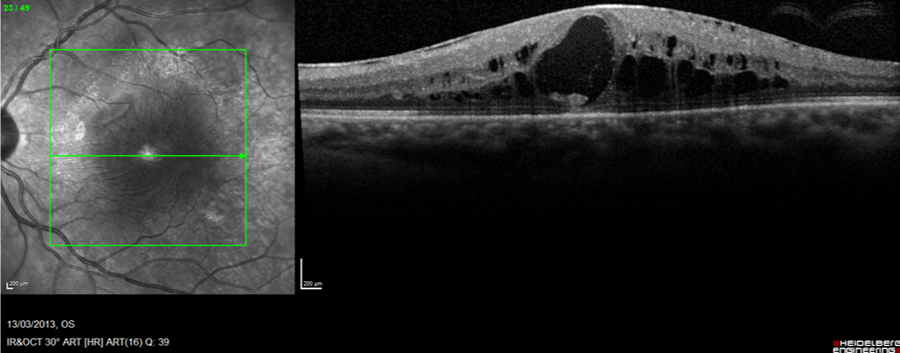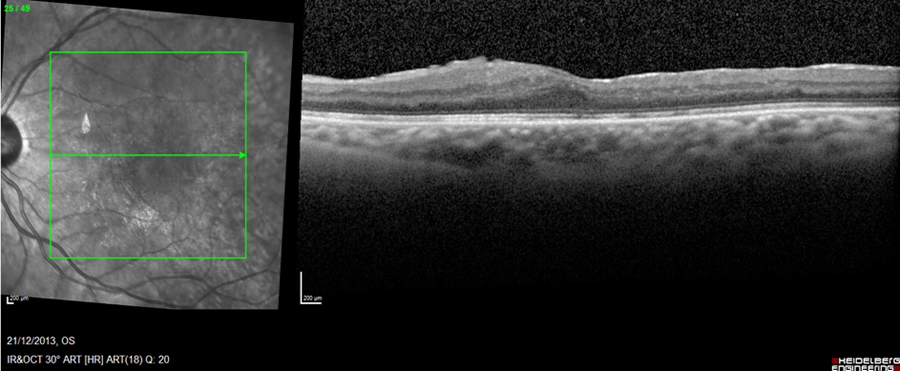
Figure 1: Diabetic retinal edema due to macular traction (pre-diabetic retinopathy surgery)

Figure 2: Post-operative appearance of diabetic retinal edema due to macular traction in optical coherence tomography imaging (post-diabetic retinopathy surgery)